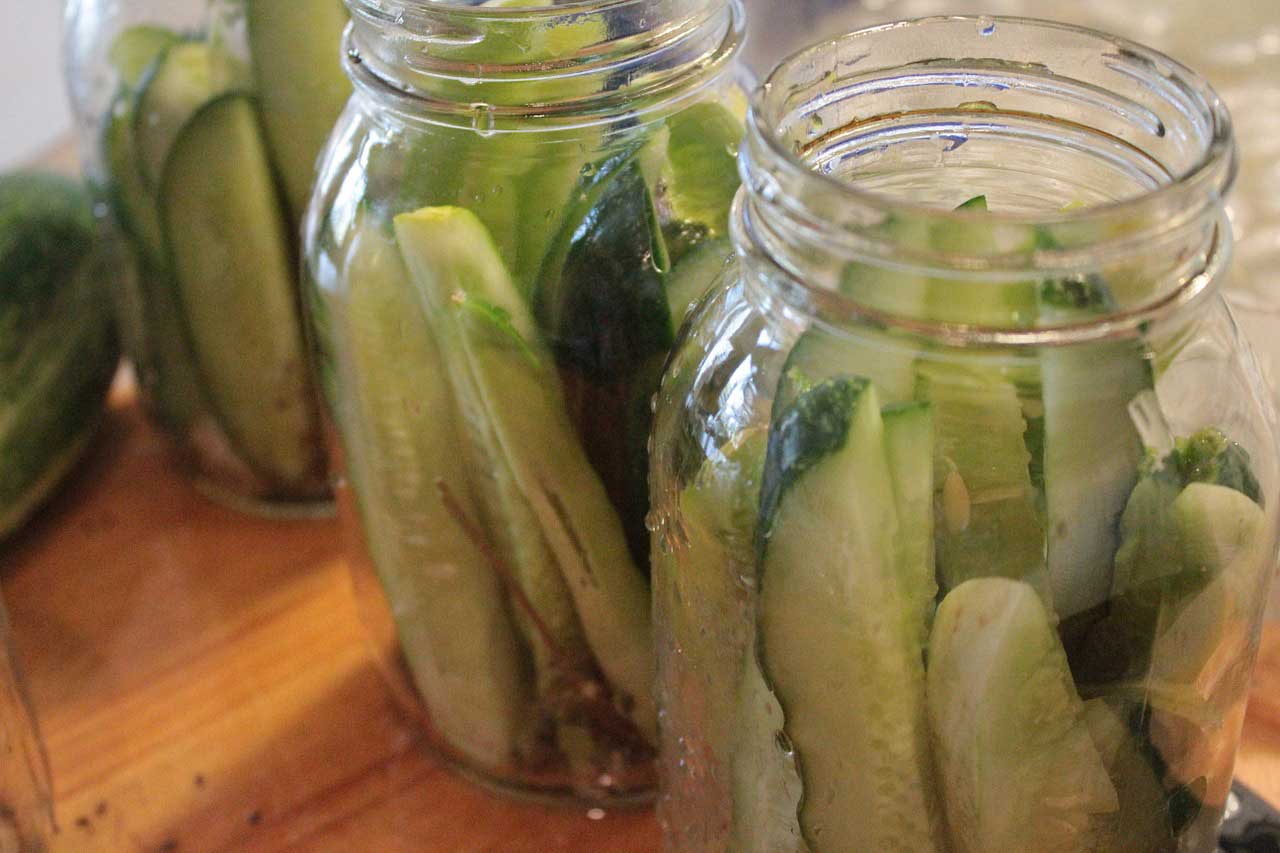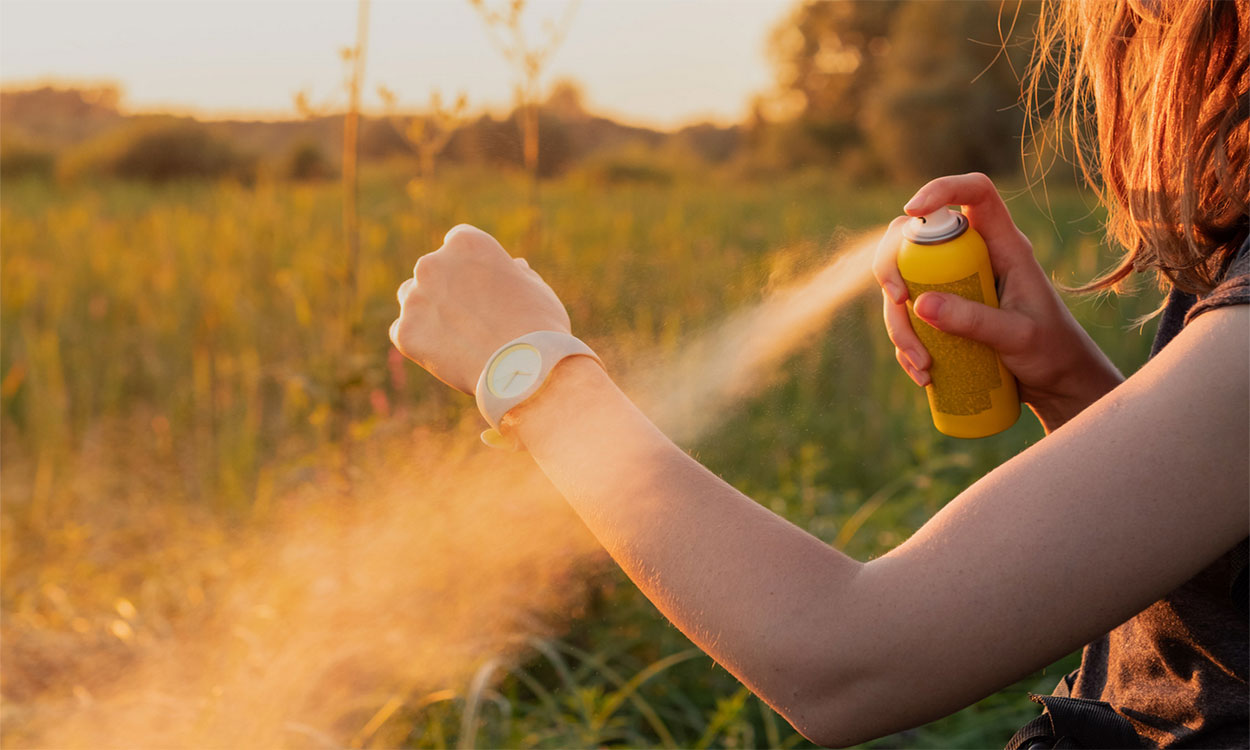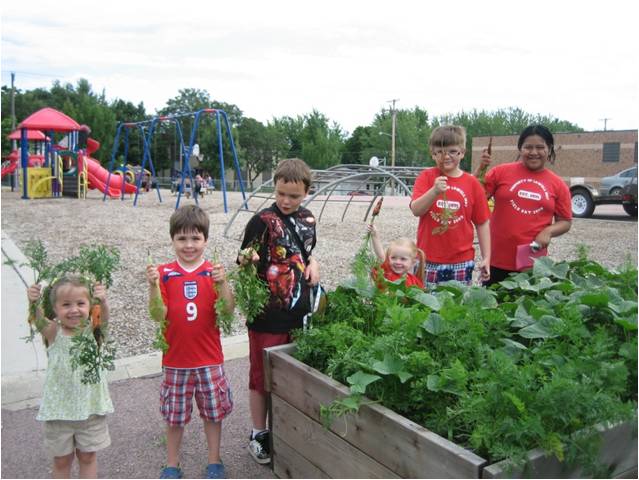Search

Safe Canning Recipes
One of the most common errors in home canning is not using a scientifically tested recipe. Canning a family recipe is risky as it can cause spoilage and foodborne illness.

Using Feedlot Manure as a Crop Nutrient Source
Factsheet that reviews the steps to obtain a manure application rate based on crop need, soil and manure testing.

Tips for Purchasing and Preparing Turkey, Ham and Prime Rib
From turkey to prime rib, let’s look at some things to consider before you sink your teeth into your next holiday meal.

Do Cover Crops and Grazing Harm Soil Properties?
Fact sheet for a study that was conducted to compare short and long-term animal grazing on soil health and water properties at four locations in SD.

Enjoying the Outdoors Without Tick and Mosquito Bites
Outdoor activities seem extra inviting this time of year, and many people are already enjoying the long days and warmer temperatures. Ticks and mosquitoes share the outdoors with us, but there are things you can do to prevent bites from both.

Optimal Design Drainage Rates for Eastern South Dakota
Fact sheet for the optimal design drainage rates for Eastern South Dakota.

Understanding Western South Dakota Prairie Streams
This document provides information and guidance for landowners and land managers in western South Dakota who are managing small intermittent streams.

South Dakota Cottage Home Processing Food Safety
The Cottage Home Processing Food Safety course serves as the approved food safety training for HB1322.

Ages & Stages in the Garden: 4-5 year olds
If considering a garden-based learning program for four to five year-old it is important to understand some of their developmental characteristics prior to planning your program. Young children’s abilities will differ greatly from older youth.

Ages & Stages in the Garden: Ages 9-11
When working with upper elementary youth in a garden consider their physical development and skill level as you develop learning activities. Nine to eleven year olds have better coordination and reaction time by this age, however sometimes dues to growth spurs there can be short-term issues with balance and coordination. Additionally, these children have more body strength and their hand dexterity has increased.